Contents
India is a federal country, which means that India is made up of states and territories, each with their own powers. They also have a federal government that is made up of the President of India, the Council of Ministers, and the Parliament. The states, territories, federal government, and Parliament are separate entities with different responsibilities. They each have different powers and functions, but they are all together responsible for the country. Here is an explanation of what makes India a federal country
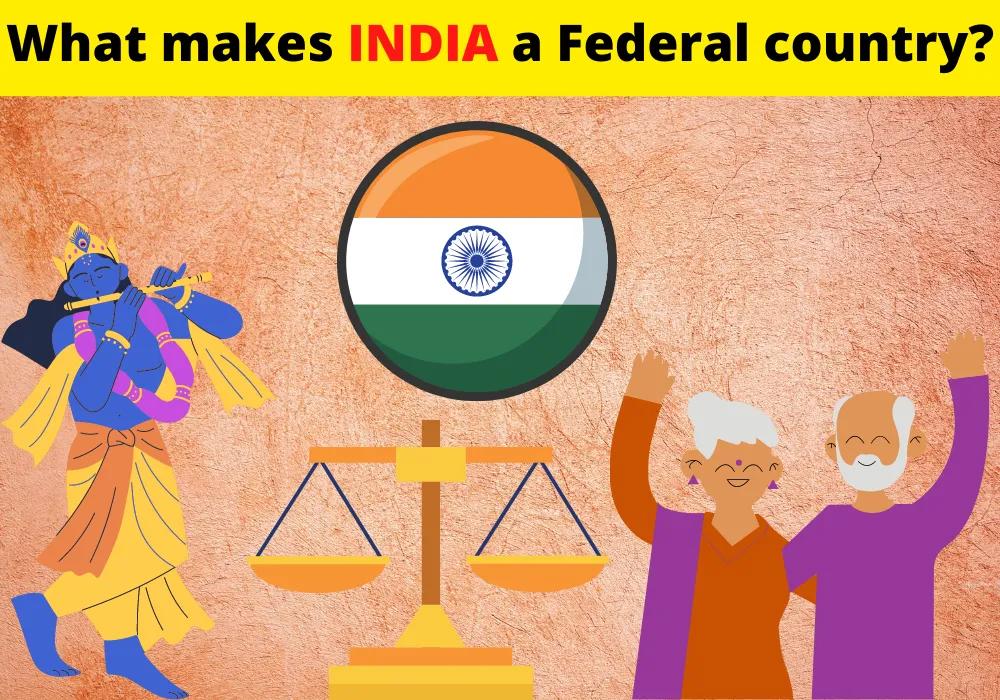
India a federal country because of the succeeded reasons:
There are levels of governments: Central Government, State Government and Local Government. Each level of government administers above the same region, but they have their own jurisdiction in affair of administration, taxation and legislation
Legislative powers are distributed in 3 lists:
1. Union list
- It contains subjects of national importance.
- Central govt. make laws on these subjects.
- Example: Defense, Bank, Currency, Foreign Affairs, Communication, etc.
2. State list
- It contains subjects of state and local importance.
- State govt. make laws on these subjects.
- Example: Police, trade, agriculture, irrigation, commerce, etc.
3. Concurrent list
- It contains subjects of common interest to both central and state govt.
- Both govt. make laws make on them. In case of conflict, laws made by central govt. will prevail(Followed).
- Example: Education, marriage, adoption, irrigation, forest, etc.
4. Residuary list
- It contains subjects that come up after constitution was made.
- Central govt. will make laws on them.
- Example: IT, computer science, etc.
India constitution provide special status to certain states. Therefore, India is holding together federation.
Fundamental provisions can’t be change unilaterally. It require 2/3rd votes in Lok Sabha and Rajya Sabha plus more than half states must pass the bill to change fundamental provisions.
In any disputes b/w central and state govt. the supreme court acts as an umpire and makes a decision.
India -> Holding together federation -> Unequal powers among states(special power) -> J&K has its own constitution(special status).
Union territories: These territories do not have the powers of state central government has special powers in running these areas.
Power sharing arrangement is the basis structure of the constitution. This arrangements cannot be changed easily. Any conversion to it has to be proceed by both the houses of parliament with at least two-third majority. Then it has to be approved by the legislatures of at least half of the states.
Judiciary takes decision in case of disputes.
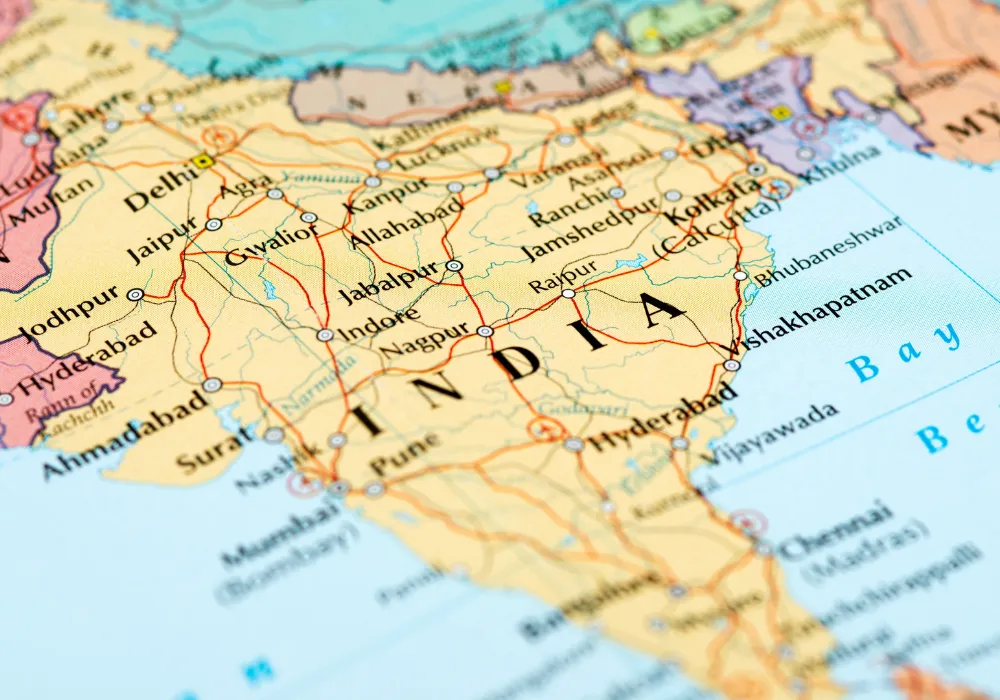
How is federalism practiced – Linguistic States, Language policy & Central relations
Federalism and success of federalism(it depends on the nature of democratic politics) both are different things.
1. Linguistic States
- Evolution of states over a period of time(1947 to 2019).
- Creation of states on the basis of language is linguistic states.
- Leaders feared-> It would lead to disintegration (central govt. also resisted for some time).
- But experience has shown that linguistic state has forged unity and made administration easy.
2. Language policy
- We didn’t have any national language.
- Hindi was identified as official language.
- Beside Hindi, 21 other language were recognized as schedule languages.
- State too have their own official languages.
- Cautious use of spreading Hindi.
- Debate for Hindi v/s English.
- Promotion of Hindi still continues, promotion does not means imposition of Hindi.
3. Central-State relations
- Power sharing arrangement works on how the ruling parties and leaders follow these arrangements.
- One party dominance(Neglected fedralism).
- The party ruled at center undermine state party.
- Regional party -> Came in power(Coalition government).
- New culture of power sharing, check on the power of central govt, autonomy states increased.
What is Decentralization?
When power is taken away from central and state governments, it is called decentralization.
Major steps taken towards decentralization in 1992:
- It was made constitutionally mandatory to hold election regularly.
- Seats are reserved for ST, SC & OBC.
- At least one-third of all positions are reserved for women.
- An independent state election commission has been created in each state to conduct panchayat and municipal elections.
- State govt. are need to share some powers and revenue with district govt. bodies.
Final Words
India is a federal country with a constitutional government. It is a combination of states and territories with a federal government which is the central authority. India is a republic with democracy. It also has a parliamentary system. This blog explained you about the features of federalism in India.
We hope you enjoyed our article on what makes India a federal country. There are a lot of myths surrounding India, but the truth is that it is a federal country. Keep this in mind the next time you hear someone asking what makes it such a prominent nation!
If you have any further questions, please don’t hesitate to visit us at www.edukar.in
Thank you for reading, we can’t wait to hear your thoughts on this article!

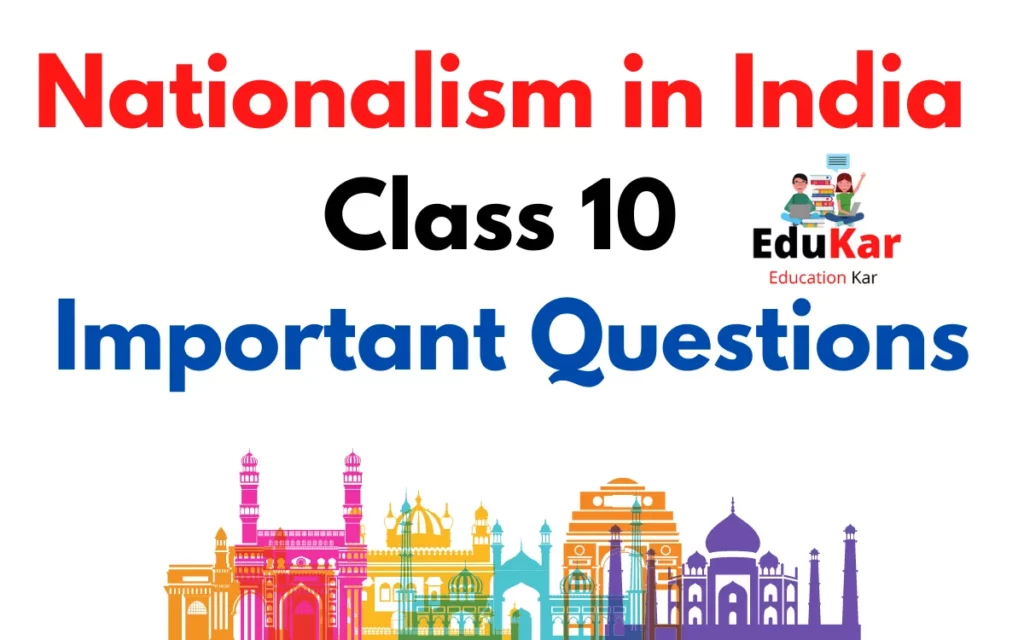
![Zoology Important Questions [Class 11th-English medium] Zoology Important Questions class 10 english medium](https://edukar.in/wp-content/uploads/2022/09/Zoology-Important-Questions-class-10-english-medium-1024x597.webp)
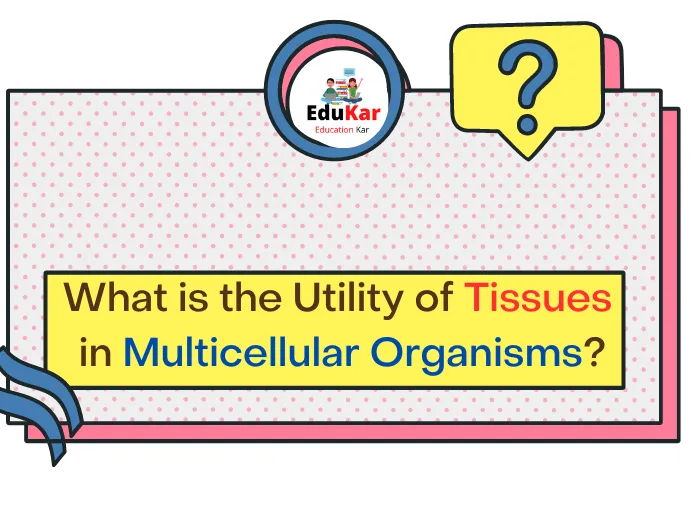
![Corporate Accounting [Important Questions & Answers with MCQ] Corporate Accounting Important Questions & Answers](https://edukar.in/wp-content/uploads/2022/09/Corporate-Accounting-Important-Questions-Answers-1024x597.webp)


![Biology Class 10 Very important [Questions &Answers] Biology Important Questions with Answers class 10](https://edukar.in/wp-content/uploads/2022/09/Biology-Important-Questions-with-Answers-class-10-1024x597.webp)



![Web application and Security Class 10 [Questions Answers & MCQs] Web application Class 10 Questions & Answers](https://edukar.in/wp-content/uploads/2022/09/Web-application-Class-10-Questions-Answers-1024x597.webp)
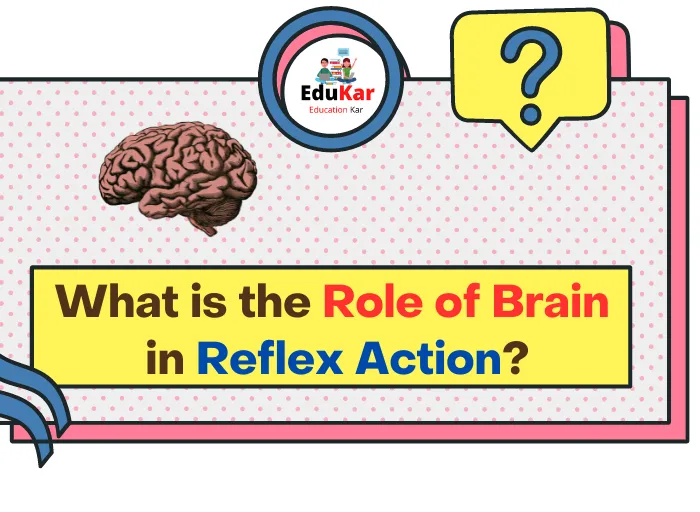
![Digital Documentation Class 9 [Questions Answers & MCQ] Digital Documentation Class 9](https://edukar.in/wp-content/uploads/2022/08/Digital-Documentation-Class-9-1024x597.webp)


